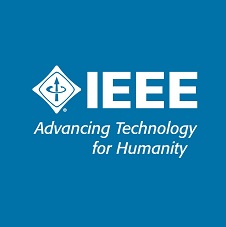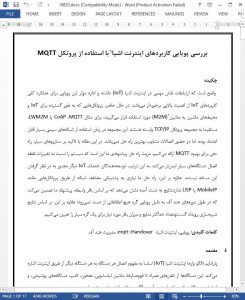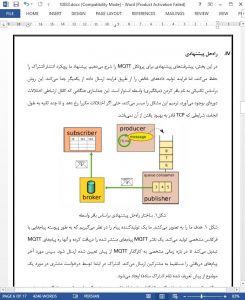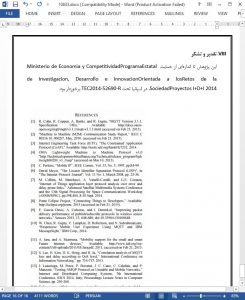Abstract
Connectivity clearly plays an important role in Internet of Things (IoT) solutions, and the efficient handling of mobility is crucial for the overall performance of IoT applications. Currently, the most widely adopted protocols for IoT and Machine to Machine (M2M) environments, namely MQTT, CoAP or LWM2M, are directly dependent on the TCP/IP protocol suite. This suite is highly reliable when using wired networks, but it is not the best solution in the presence of intermittent connections. In this work we provide a solution to improve MQTT with an emphasis on mobile scenarios. The advantage of the solution we propose is making the system more immune to changes in the point of attachment of mobile devices. This way we avoid IoT service developers having to explicitly consider this issue. Moreover, our solution does not need extra support from the network through protocols like MobileIP or LISP. The obtained results show that our proposal, based on intermediate buffering, guarantees that there is no information loss during hand-off periods due to node mobility; furthermore, based on discrete event simulation results, we determine the maximum number of sources and the required amount of buffers for a mobile node.
I. INTRODUCTION
The Internet of Things (loT) paradigm basically refers to the concept of connecting any device to any other device through the Internet. Devices can range from cell phones to coffee makers, washing machines, headphones, lamps, wearable devices, and basically any device that may have an associated IP address.
A large number of communication protocols, also referred to as "middleware", are used in nowadays loT industries. From the industrial protocol used to collect temperature data on a sensor, to the communication protocol used to send this data to a server in the Cloud, there are various alternative middleware options for building an end-to-end loT solution.
VII. CONCLUSIONS
In this work we focused on providing a solution to adapt MQTT to mobile scenarios. The advantage of our solution is that developers do not have to explicitly consider the changes in the point of attachment to the network without requiring network support through protocols like MobileIP or LISP.











